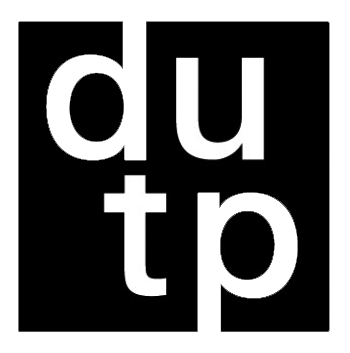español Español
español
DOI:
https://doi.org/10.5821/siiu.13076Abstract
Three distinct epistemological planes that influence the understanding of the city are identified: the plane of order, related to urban planning and government; the plane of reflection and thought, guarded by academia and its various disciplines; and the plane of concrete materiality, where diverse interests of private and public agents are intertwined. The main objectives are to explore and understand the various manifestations and connections of the notion of urban space in different spheres, such as the state, professional, academic and business spheres. We seek to investigate how the understanding of urban space is articulated and presented in these spheres, recognizing the diversity of perspectives and approaches. In addition, we intend to identify and analyze the valuable contributions coming from the field of Geography that contribute to enrich both theoretical debates and professional practices related to contemporary urban spaces. This work is part of the research project "Productive restructuring in the digital economy in the City of Córdoba, Argentina, XXI century" (SECYT-CONSOLIDAR 2023-2027, Resolution RHCS 258-2023-UNC, directed by Dr. Luciana Buffalo).
Downloads
Published
Issue
Section
License
Copyright (c) 2024 Creative Commons

This work is licensed under a Creative Commons Attribution-NonCommercial-ShareAlike 4.0 International License.
Aquellos autores/as que tengan publicaciones con esta revista, aceptan los términos siguientes:
- Los autores/as conservarán sus derechos de autor y garantizarán a la revista el derecho de primera publicación de su obra, el cuál estará simultáneamente sujeto a la Licencia de reconocimiento de Creative Commons CC BY-NC-ND- 4.0 que permite a terceros compartir la obra siempre que se indique su autor y su primera publicación esta revista, pero no se pueden cambiar ni se pueden utilizar comercialmente.
- Los autores/as podrán adoptar otros acuerdos de licencia no exclusiva de distribución de la versión de la obra publicada (p. ej.: depositarla en un archivo telemático institucional o publicarla en un volumen monográfico) siempre que se indique la publicación inicial en esta revista.
- Se permite y recomienda a los autores/as difundir su obra a través de Internet (p. ej.: en archivos telemáticos institucionales o en su página web) antes y durante el proceso de envío, lo cual puede producir intercambios interesantes y aumentar las citas de la obra publicada. (Véase El efecto del acceso abierto).











